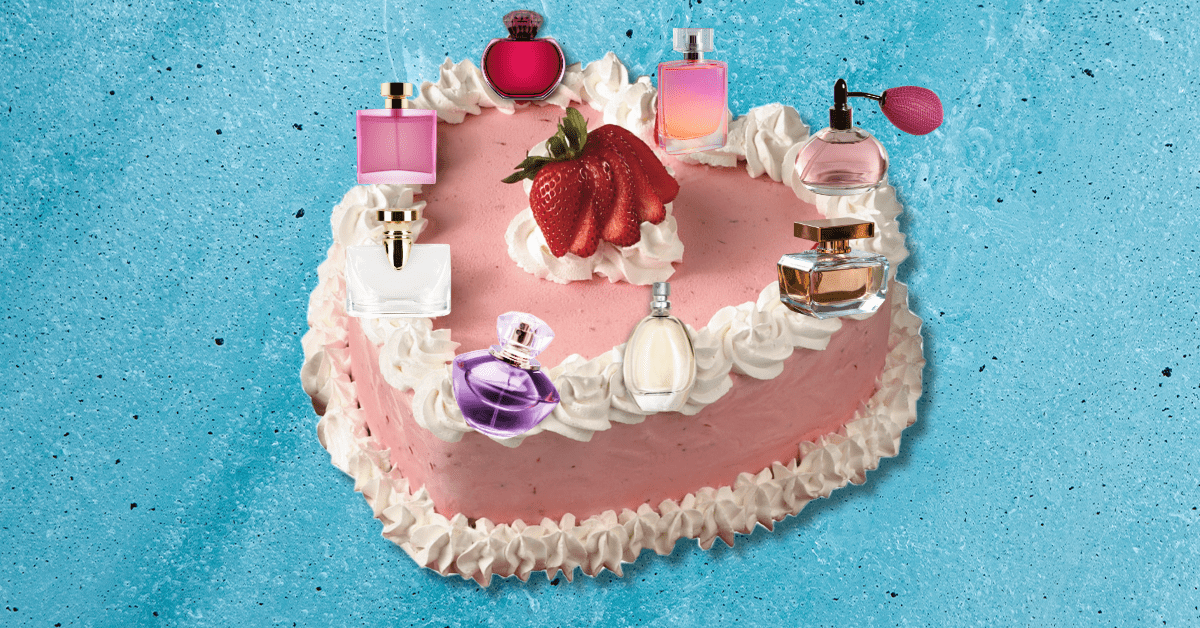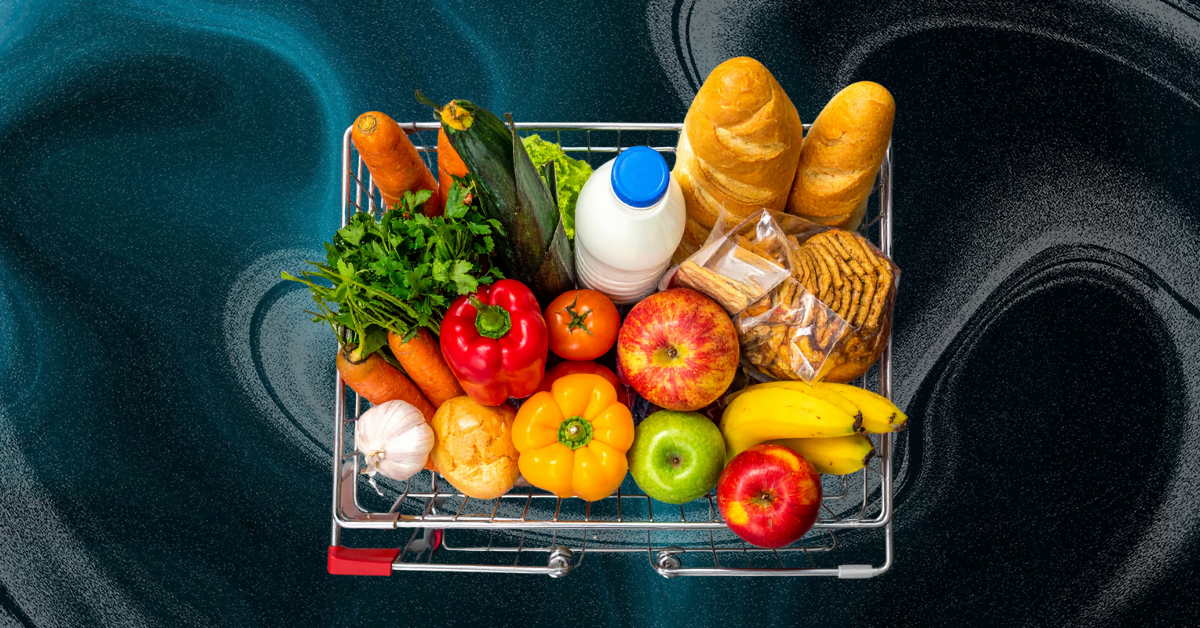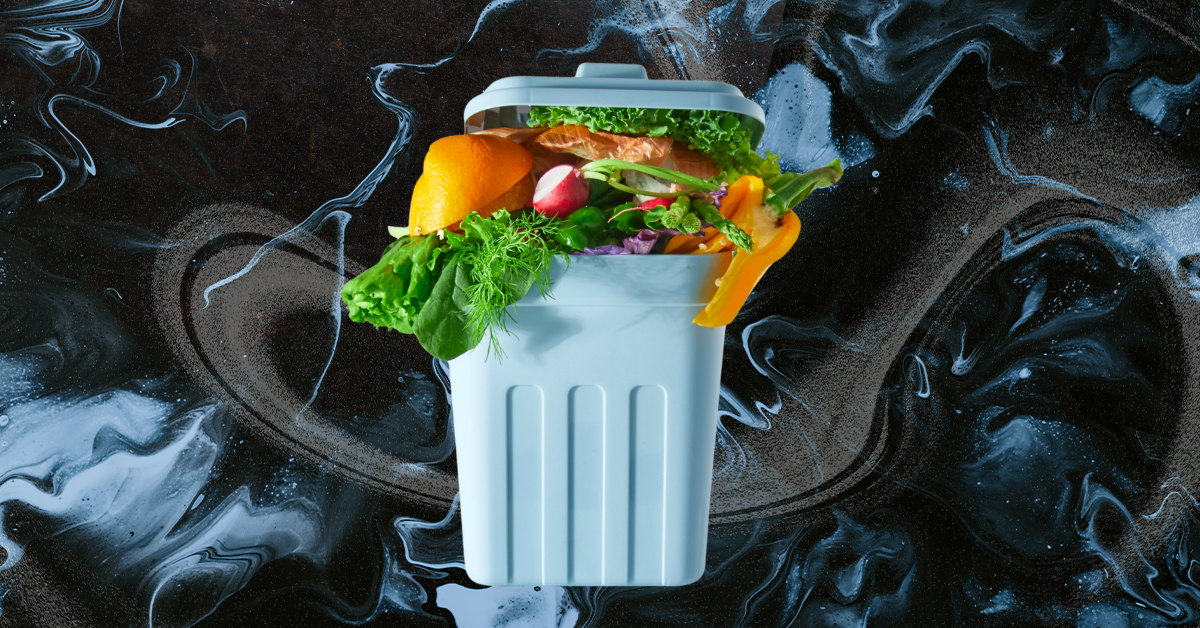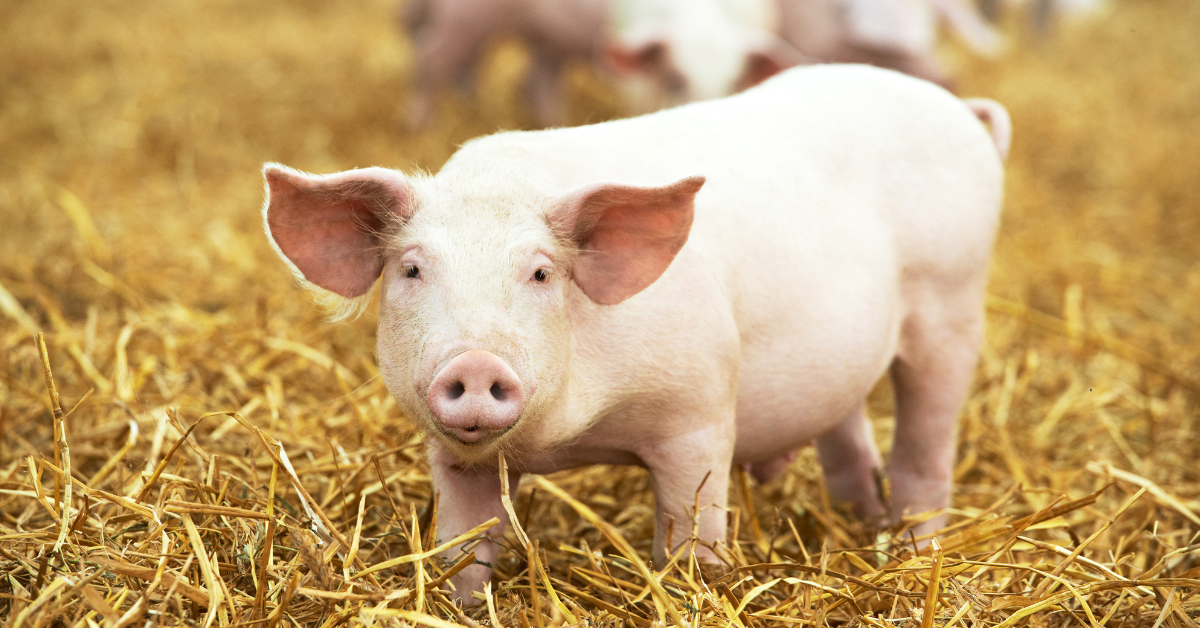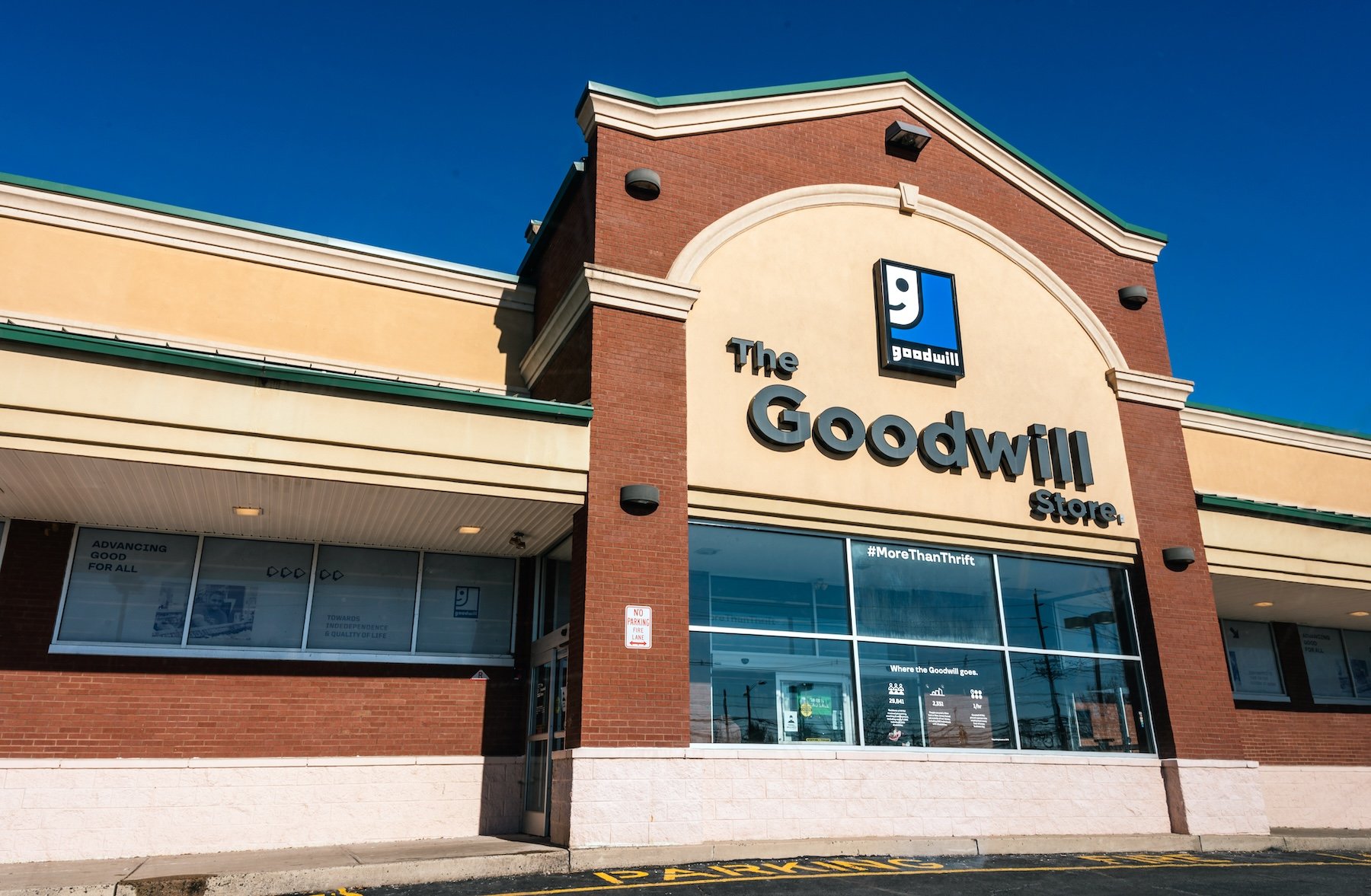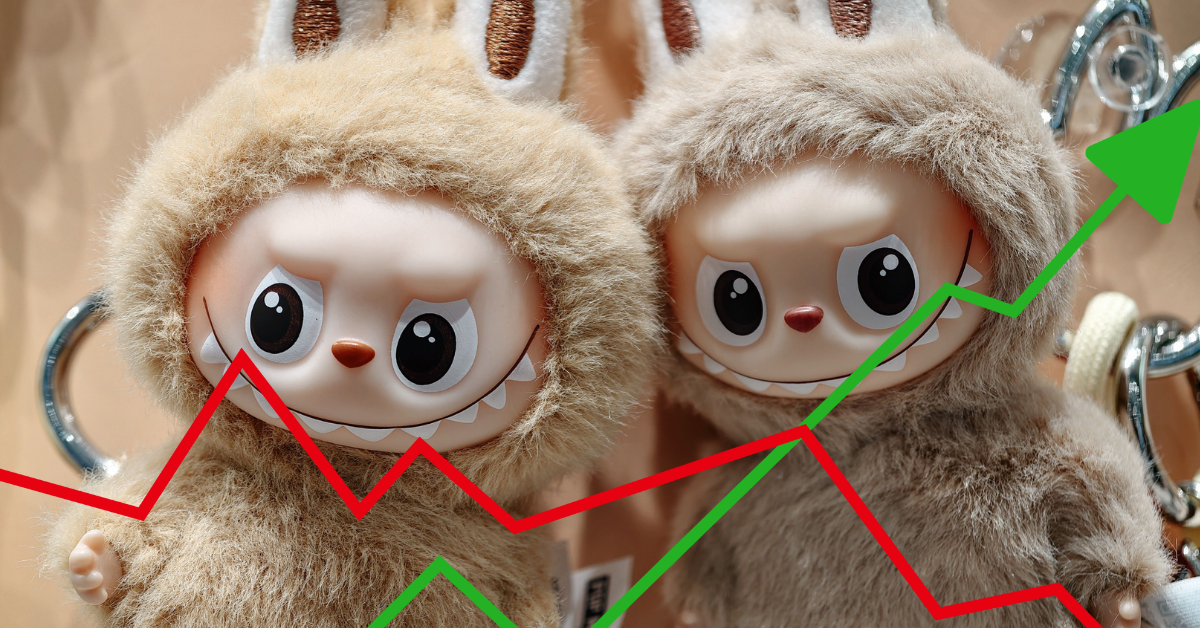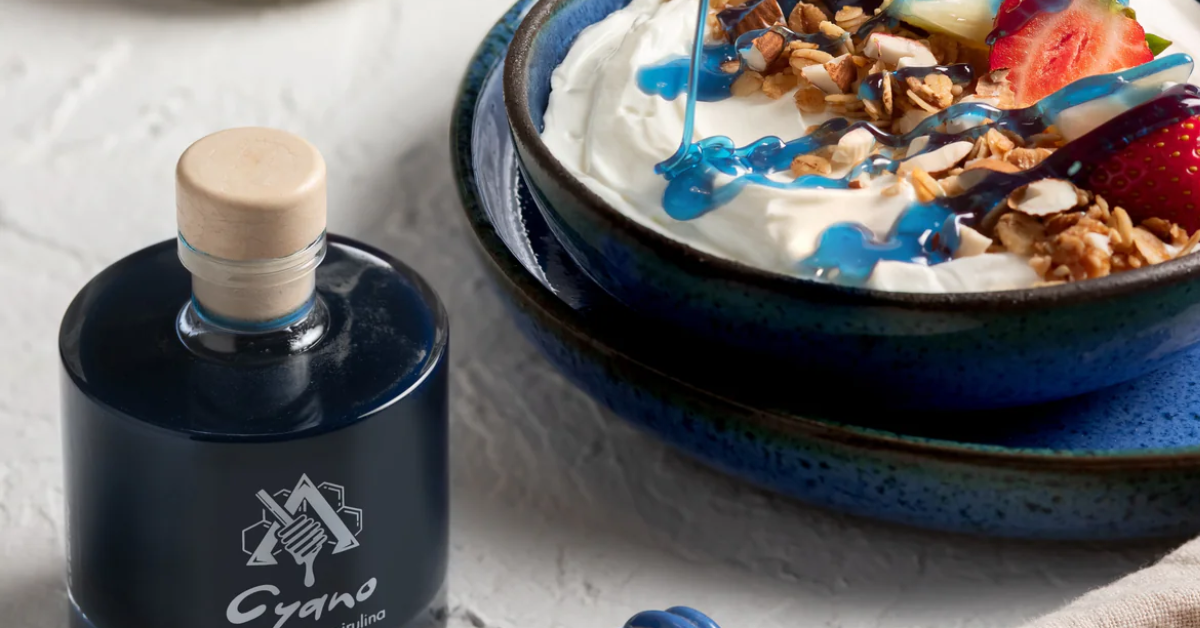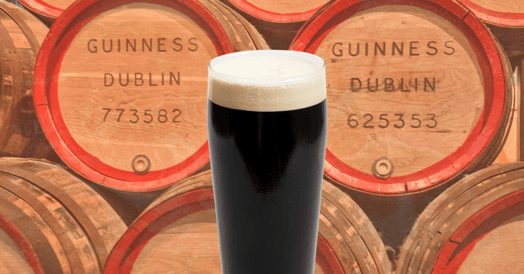Guinness kegs across the UK are running dry, while Guinness owner Diageo has issued an “allocation limit” on how many kegs of the Irish stout pubs in England, Wales, and Scotland can receive.
As the hospitality industry enters the holidays — its busiest time of year — some pubs are even rationing the Irish stout to their customers. The Old Ivy House in London handed out cards requiring guests to purchase two other beverages first — though it wasn’t especially strict about it.
The problem? Demand. Between July and October, UK beer sales were down 0.5%, but Guinness sales rose 21%. It’s now the top-selling beer by volume in the UK, and the fastest-growing imported beer in the US.
But why?
Guinness is a longtime pub staple, notable for its foamy head and that it takes a bartender 119.5 seconds to complete a supposedly perfect pour.
Pat Logue, owner of London’s Sheephaven Bay pub, told CNN that it was once considered an older man’s drink, but “now it’s a cool drink.”
That’s due to:
- “Guinnfluencers” promoting the stout on social media — even Kim Kardashian was spotted with a pint.
- An ad campaign starring Jason Momoa that launched in March.
- An interest in Irish culture thanks to public figures like actor Paul Mescal and author Sally Rooney.
- “Splitting the G,” a now-viral tradition where drinkers try to measure their first sip so that the liquid and foam “split” the G on the branded pint glass.
- Women, a customer base that increased 24% in 2023.
Plus, it’s an easy beer to drink
It’s low calorie, low ABV, and one customer told CNN it’s “less gassy.” That’s because it’s carbonated with a nitrogen-CO2 blend — not just CO2 — making it less bubbly than other beers.
Even people who don’t drink seem to enjoy it: Diageo reported sales of the nonalcoholic version doubled in fiscal year 2024.
For its part, Diageo simply said it’s “maximized” its supply and is working to efficiently distribute it among customers.
BTW: Here’s a tourist moved to tears by splitting the G on her final pint in Dublin.
